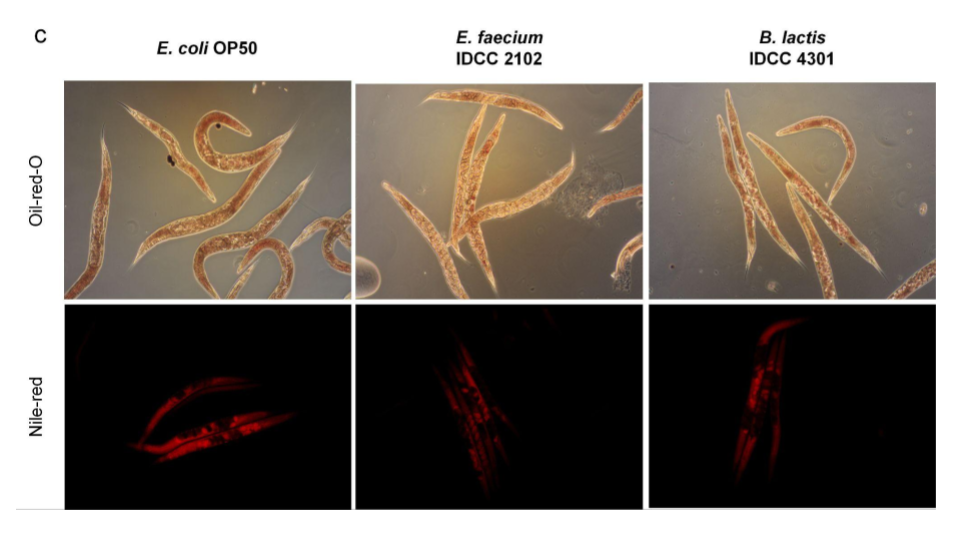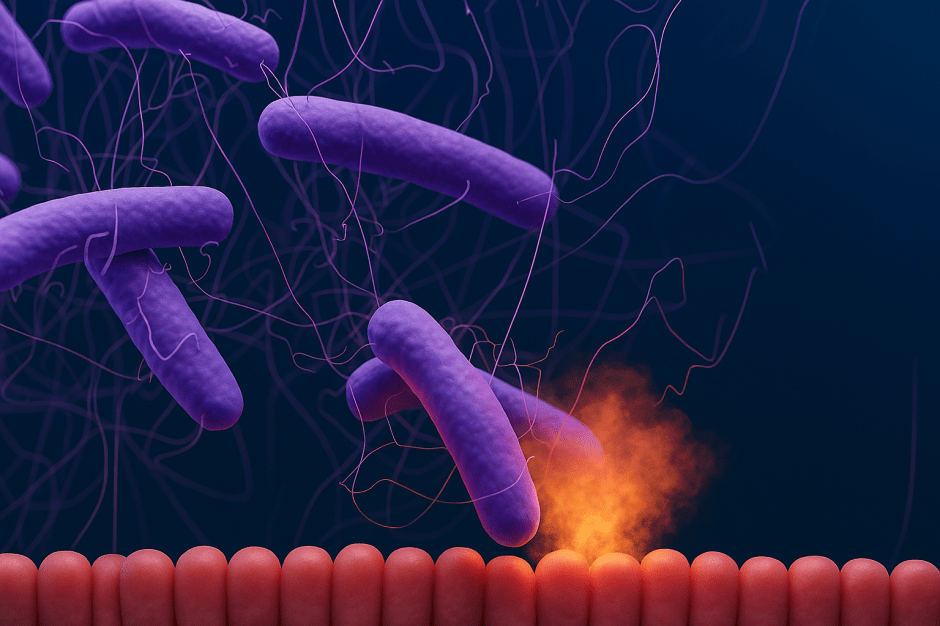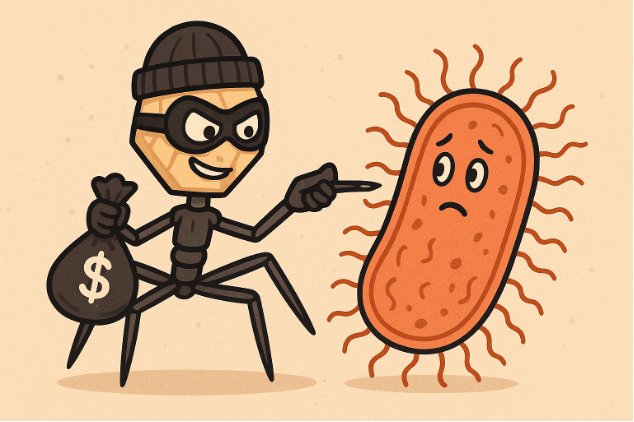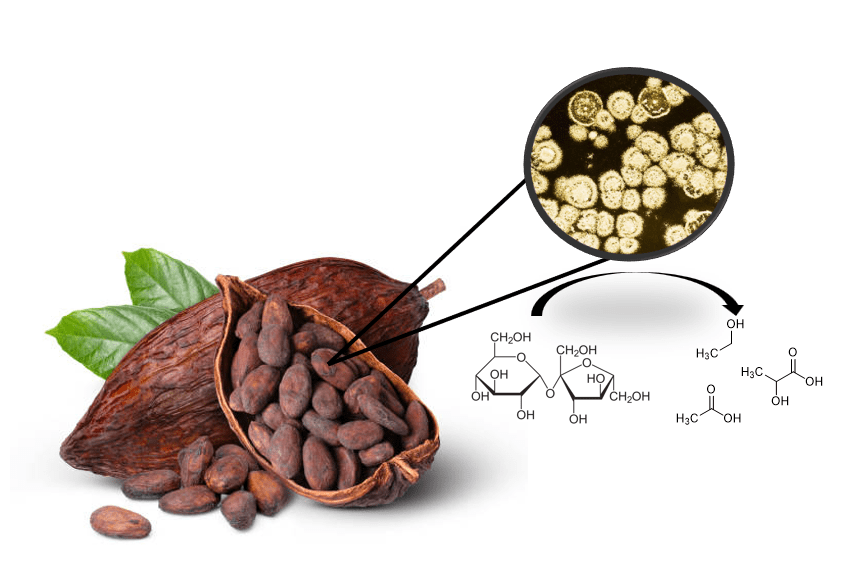
Breaking down the microbiology world one bite at a time
Fluff to Buff: Probiotics and the Beagle’s Belly
Suppose you have a beagle pet, Fido, who has a great life. But her being overweight dampens her zeal in life. She is stressed, cannot enjoy activities, is moody and lethargic, and has other health implications (diabetes, joint pain, etc.). And this impacts you; be it the medical costs (17X more than if she were healthy), social stigma or your own emotional attachment.
Though we often emphasize that “prevention is better than cure”, we can not always prevent obesity. Championing the effective management of this global health problem benefits not just humans, but also our beloved pets like Fido!
First, let’s start with obesity.
Obesity, a global issue
Obesity happens when fat or adipose tissue (made of fat storage cells) accumulates excessively in the body leading to health impairment. This serious global health issue has been prevailing exponentially over the past few decades (3X from 1975 to 2016 !).
The CDC benchmarks a BMI equal or greater than 30 and for children of same age and sex, it is a BMI at or above the 95th percentile for obese humans (adults). But not just humans, pet animals too have shown alarming trends. In the US, about 56% of dogs and 60% of cats are considered either overweight or obese. Here, the benchmark for obesity is being over 30% of their general body weight.
While research on human-targeted probiotics is thriving, a new study provides a fresh perspective. This article centers on probiotic dietary supplementation reshaping the gut microbiome to prompt weight loss in obese dogs.
Playing the probiotic hand…
In their expedition, scientists assembled Enterococcus faecium IDCC 2102 and Bifidobacterium lactis IDCC 4301 as probiotics, obese beagles and the hyperlipidemic C. elegans strain VS29 to form their study- deck.
Worming out probiotic potential using Caenorhabditis elegans
Caenorhabditis elegans was initially used due to its short lifespan, similar structure to the human intestine with 65% genes associated with human diseases (!). Besides, its transparent body eases observation of lipid droplet accumulation.
Probiotic administration increased lifespan. Previously, this hyperlipidemic (obese) worm had high amino acid glycine content and increased fat. High glycine levels usually mean a disrupted insulin pathway and fat accumulation in the body. Administering the 2 probiotics regulated glycine synthesis, hence insulin sensitivity. Moreover, there was a reduced fat storage and improved neurotoxicity by regulating neurotransmitter levels.

Obese beagles
Now onto our targeted protagonist. The body weight of canines administered with the 2 probiotics reduced on being administered Enterococcus faecium (7.3%) and Bifidobacterium lactis (15.4%).
In the study, beagles were fed a high fat diet (HFD) for 9 weeks. By the 6th week, tested canines gained 128% more weight than the control group. HFD reduced microbial diversity by 3.9% affecting Enterococcus, Bacteroides, and Lactobacillus levels. A relatively high Firmicutes/Bacteroides ratio (a balance of gut bacteria) observed in the HFD group tallies with previous research denoting this as a potential obesity biomarker.
Probiotics administered changed the microbial composition of the obese canines. E. faecium restored Enterococcus, Bacteroides, and Fusobacterium population while B.lactis enhanced Bacteroides, Fusobacterium and Lactobacillus in the gut, and enabled LAB (Lactic Acid Bacteria) colonization. LAB, that is bacteria producing lactic acid, reduce serum cholesterol and systemic cytokines linked to diabetes.
This microbial restoration had positive changes in the body. Inflammation markers due to excessive fat, called pro-inflammatory adipokines (TNF-α, IL-6 and IL-1β), lowered. This prompted insulin balance and better adipocyte differentiation resulting in regulated lipid metabolism.
Probiotics thus regulated hunger, suppressed fat storage and improved insulin sensitivity, similar to C.elegans. By addressing the potential chronic inflammation owing to excessive fat accumulation, probiotics hence play the ultimate “reverse UNO card”.
A deeper look showed that obese canines produced more histamine, malonic acid and tryptophan than the control group. E. faecium enhanced tyramine, stearic acid and proline while slowed down acetic acid, butyric acid, valine, and histamine levels. Similarly, B.lactis decreased malonic acid and phenethylamine, but increased succinic acid and alanine levels. Thus, the 2 probiotic bacteria played their cards beyond lipid metabolism, affecting other pathways including glycolysis, amino acid metabolism, gluconeogenesis and energy production.

Image source: Kang A et al (2024)
Probiotics: a promising remedy
This study provides relief as probiotic supplements are way cheaper than drugs managing obesity, and are proving to be truly effective! For Fido, a probiotic supplementation in her diet with promising results might after all return her zeal to life….
Link to the original post: Kang A, Kwak M, Lee DJ, Lee JJ, Kim MK, Song M, Lee M, Yang J, Oh S, Kim Y.2024. Dietary supplementation with probiotics promotes weight loss by reshaping the gut microbiome and energy metabolism in obese dogs. Microbiol Spectr12:e02552-23.
DOI: 10.1128/spectrum.02552-23.
Featured image: Life cycle of a chow-hound beagle. Image source: Original image by Tejaswini Petkar using Bing creator & Biorender.















